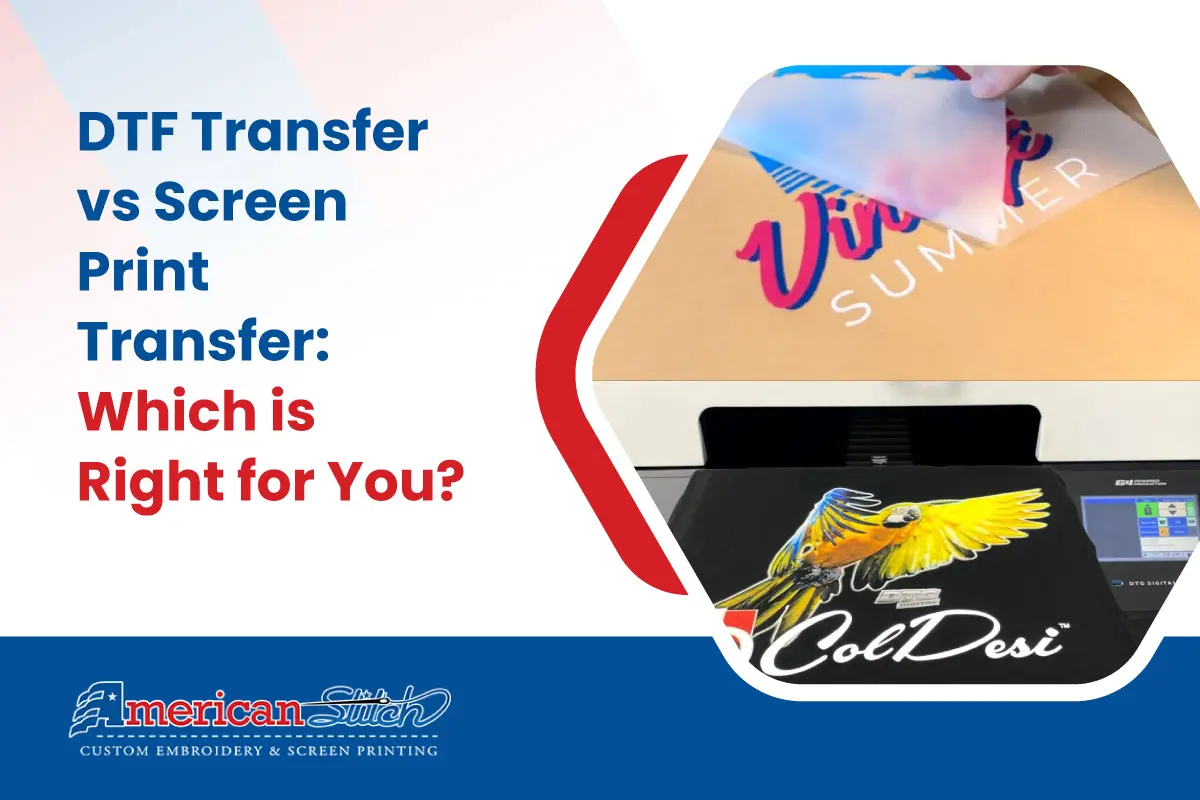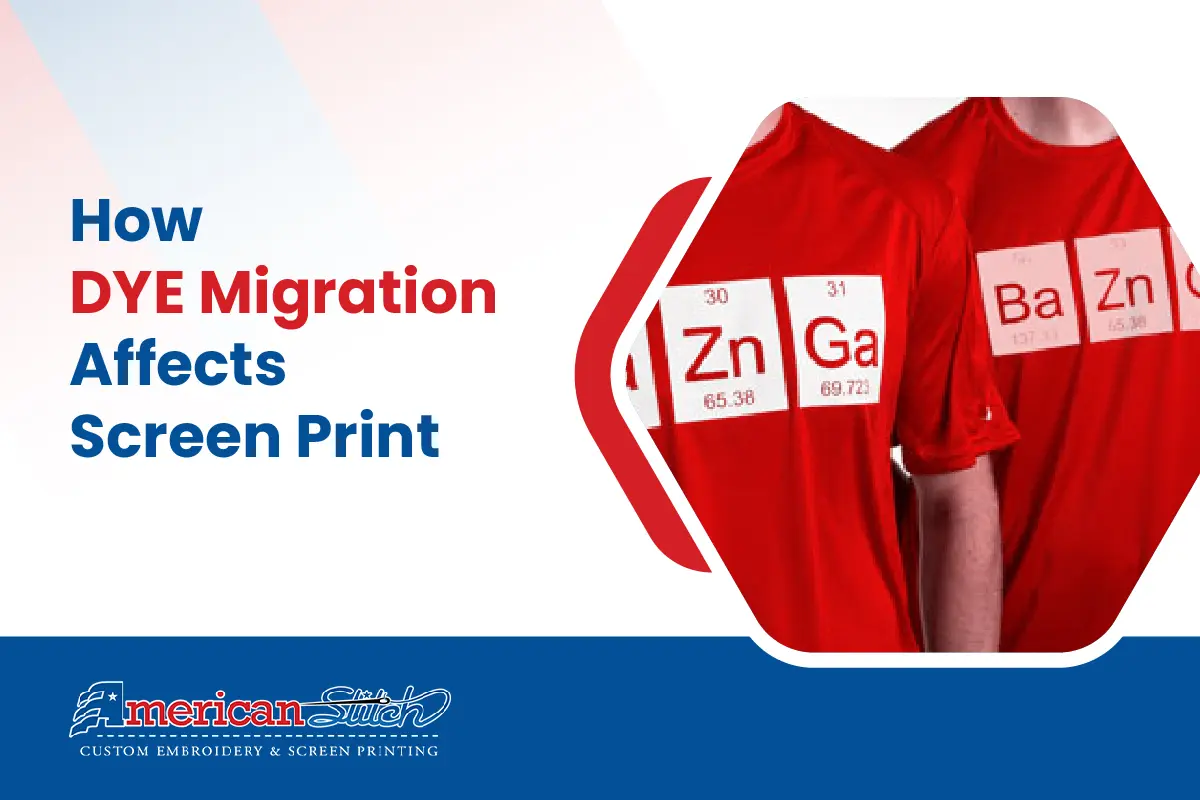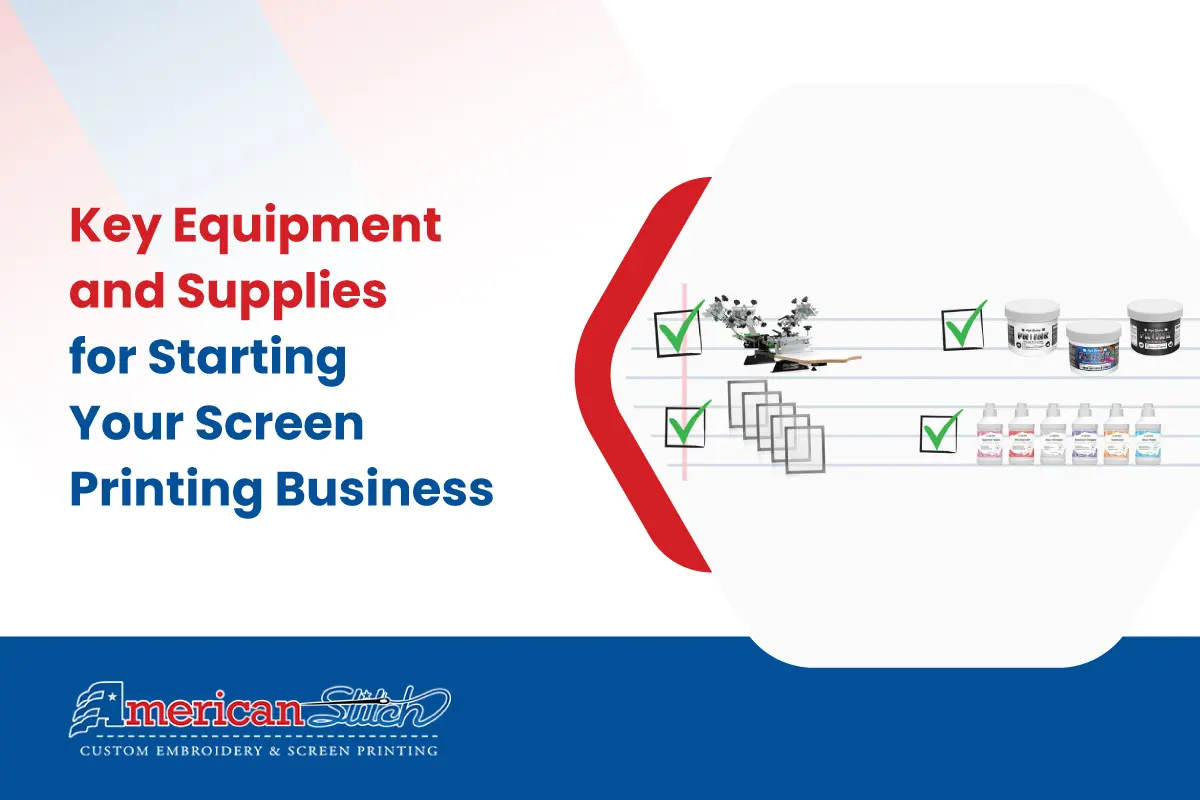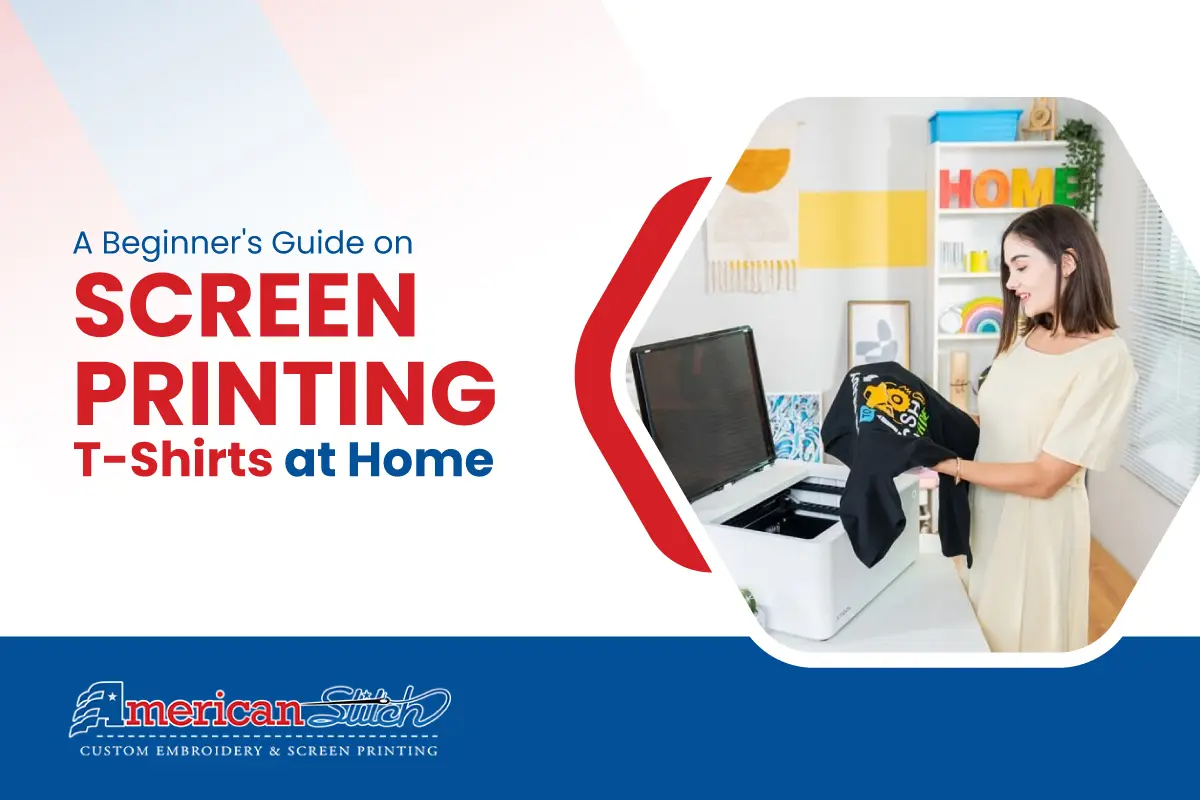Are you considering customizing your apparel or promotional products? Two popular methods you may have come across are DTF Transfer and Screen Print Transfer. In this article, we’ll delve into the key differences between these techniques and help you decide which one suits your needs best.
Table of Contents
DTF Transfer vs Screen Print Transfer
DTF (Direct to Film) Transfer
DTF Transfer involves printing designs directly onto a special film, which is then heat-transferred onto the desired fabric or material. This method has gained popularity for its versatility and vibrant color results. Some advantages of DTF Transfer include:
- Full-Color Printing: DTF allows for high-resolution, full-color designs with intricate details, gradients, and shading.
- Ideal for Small Runs: DTF is cost-effective for small to medium-sized production runs, making it suitable for custom or one-off projects.
- Soft Feel: The DTF method results in a soft, flexible print that doesn’t compromise the fabric’s feel.
Screen Print Transfer
Screen Print Transfer, on the other hand, is a traditional method that involves creating screens for each color in the design. The ink is then forced through these screens onto the fabric. Here are some key features of Screen Print Transfer:
- High Durability: Screen printing offers exceptional durability, making it suitable for items that will see a lot of wear and tear.
- Cost-Effective for Large Orders: It becomes more cost-effective as the quantity of items to be printed increases, making it ideal for bulk orders.
- Limited Color Options: Screen printing is best suited for designs with a limited color palette due to the complexity of creating screens for each color.
DTF Transfer Process
DTF transfer is like a high-tech magic show for your apparel. Here’s how it works:
Design Creation
First, your design is created on a computer, just like any other digital design. It can be intricate, colorful, or whatever your heart desires.
Printing on Film
Next, a DTF printer comes into play. It prints your design onto a special film using vibrant, eco-solvent ink. The quality of the DTF printer is crucial for achieving stunning results.
Film to Fabric
Once your design is on the film, it’s time to work some heat magic. The film is placed onto the fabric, and a heat press is used to transfer the design from the film to the fabric. The heat activates the ink, making it bond with the fabric fibers.
Peel and Admire
After a quick cooling period, you peel off the film, unveiling your masterpiece on the fabric. Voilà! You’ve got a vivid, detailed print ready to rock your apparel.
Screen Print Transfer Process
Screen printing has its own unique charm and process. Here’s how it gets the job done:
Design Separation
For each color in your design, a separate stencil, or screen, is created. This involves blocking out areas of the screen to allow ink to pass through in specific places. It’s a bit like making stencils for graffiti art!
Ink Application
Each screen is placed on the fabric, and ink is spread over it using a squeegee. The ink passes through the screen, creating one layer of the design.
Layer by Layer
If your design has multiple colors, the process is repeated for each color, layering them on top of each other. This can be a bit time-consuming but yields vibrant and durable results.
Curing
Once all colors are applied, the fabric is sent through a curing process, which involves baking the ink onto the fabric using heat. This makes the print durable and long-lasting.
DTF vs Screen Print Transfer: How to Choose
Now that we’ve outlined the characteristics of each method, here are some factors to consider when choosing between DTF Transfer and Screen Print Transfer:
- Design Complexity: If your design requires a wide range of colors, gradients, and intricate details, DTF Transfer may be the better choice.
- Quantity: For small to medium-sized orders, DTF Transfer offers cost-efficiency. However, for bulk orders, Screen Print Transfer may be more economical.
- Durability: If your items will undergo frequent washing or rough handling, Screen Print Transfers durability may be preferred.
- Texture and Feel: DTF Transfer results in a softer print, while Screen Print Transfer can have a slightly thicker feel due to the ink layers.
- Turnaround Time: DTF Transfer often has a quicker turnaround time since it doesn’t require the creation of screens.
- Budget: Consider your budget constraints and the cost implications for each method.
Frequently Asked Question
Can DTF Transfer be Used on Dark-colored Fabrics?
Yes, DTF Transfer is suitable for both light and dark fabrics, and it provides excellent color opacity.
Are There Any Size Limitations For DTF Transfer and Screen Print Transfer?
Both methods can accommodate various print sizes, but it’s essential to consult with your chosen print provider for specific size restrictions.
Is Screen Print Transfer Eco-friendly?
Screen printing can be environmentally friendly when using water-based inks. However, some traditional solvent-based inks may have environmental concerns.
Closing Thoughts
In the battle of DTF Transfer vs. Screen Print Transfer, the right choice ultimately depends on your specific needs and preferences. Consider factors like design complexity, quantity, durability, texture, and budget when making your decision. Both methods have their unique advantages, so take your time to evaluate which one aligns best with your project goals.
Whether you opt for the vibrant versatility of DTF Transfer or the tried-and-true durability of Screen Print Transfer, you’re on your way to creating customized products that will leave a lasting impression. Happy printing!





